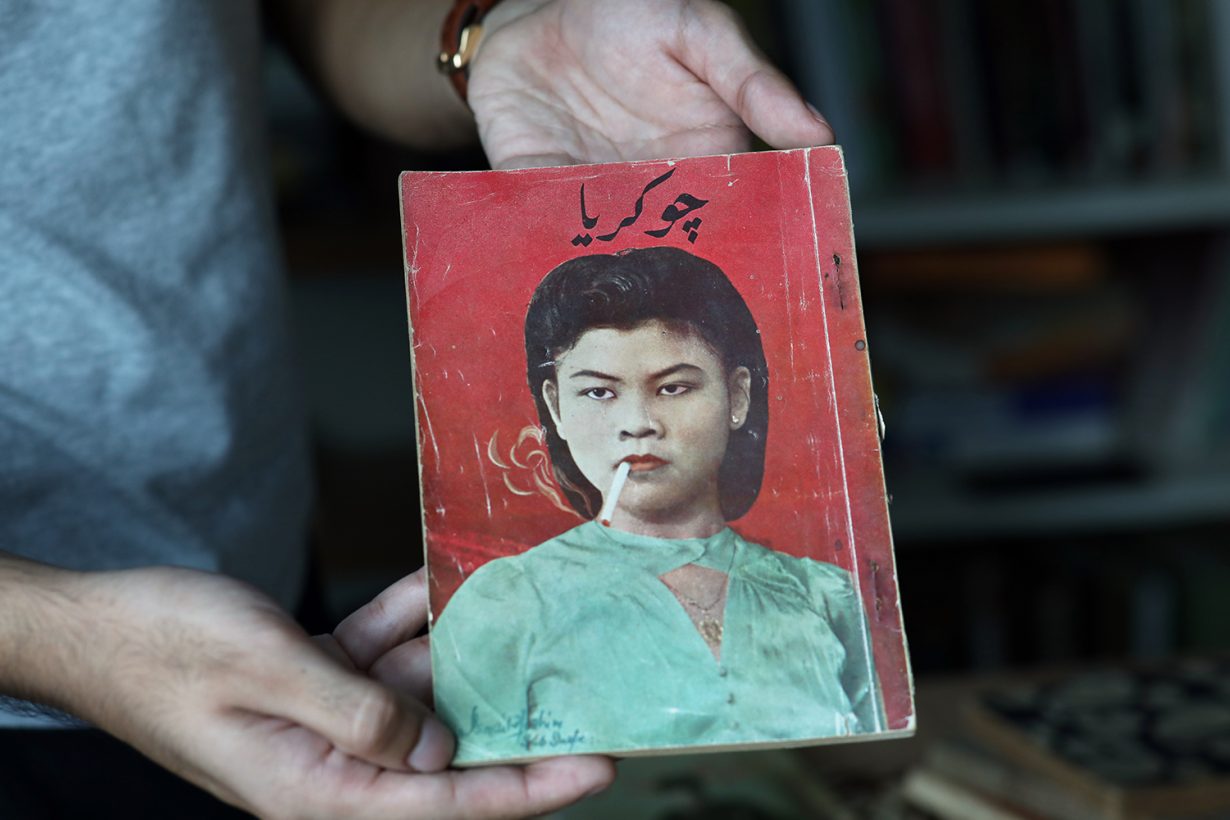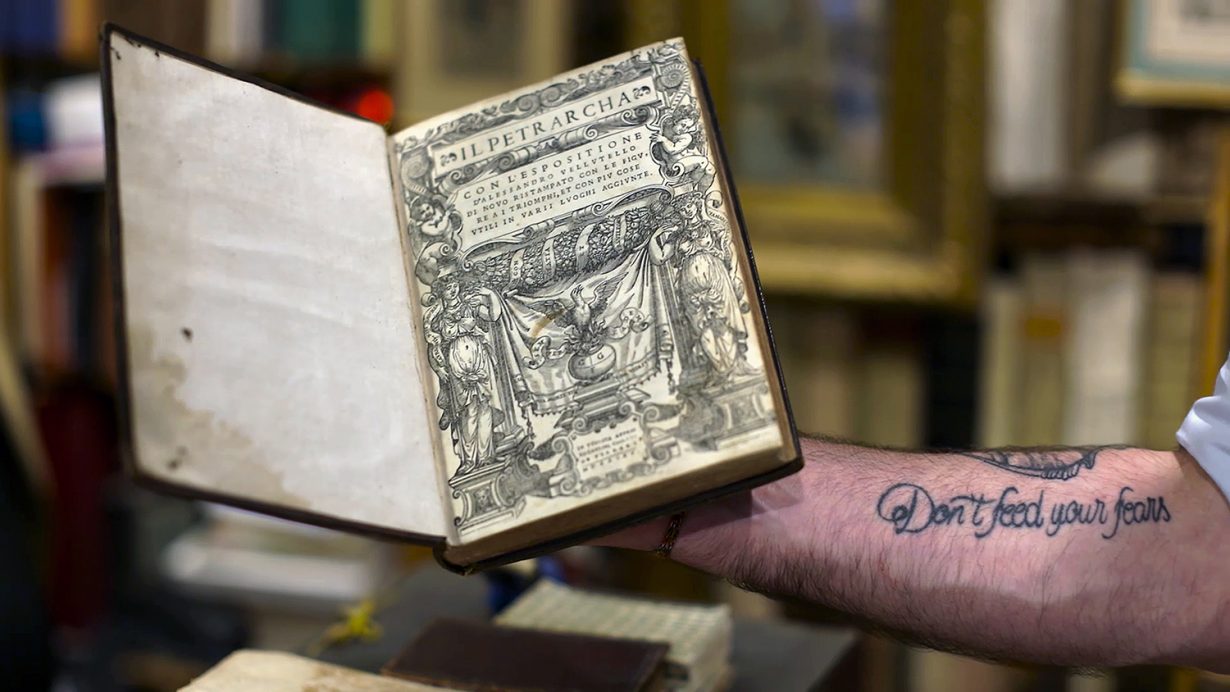
ArtReview sent a questionnaire to artists and curators exhibiting in and curating the various national pavilions of the 2022 Venice Biennale, the responses to which will be published daily in the leadup to and during the Venice Biennale, which runs from 23 April to 27 November.
Shubigi Rao is representing Singapore. The Pavilion is in the Arsenale.
ArtReview What can you tell us about your exhibition plans for Venice?
Shubigi Rao Pulp III marks the midpoint of my ten-year project which began in 2014 and was supported by the National Arts Council Singapore (NAC). The presentation at the Singapore Pavilion in Venice highlights my key interests in the project including the loss and preservation of languages, access to knowledge, resistance to monetisation of knowledge, and alternative and shadow libraries. The exhibition-build mirrors the act of reading, and incorporates a paper maze, film and books in the installation. Walking through the maze encourages the viewer to slow down as each aspect of the work unfolds, similar to the act of reading. Every element of the exhibition speaks with each other, as visuals, text and sound are diffused through the space.
AR Why is the Venice Biennale still important?
SR The Biennale Arte is one of the oldest and most anticipated art events of the year. It remains important in its ability to anticipate new thought in art, and in exploring very diverse contexts. This edition of Biennale Arte is especially exciting, not just because of its return after a year-long postponement, but because of the focus on the overlooked practices, thought and histories of women and gender non-conforming artists. This is both in the main exhibition, and the national pavilions that have a significant number of women and Indigenous artists.
AR Do you think there is such a thing as national art? Or is all art universal?
SR Rather than trying to fix a singular, perhaps dated idea of ‘national art’, we should consider how diverse artistic practices occupy similar spaces. And rather than apply a universal sameness, we can recognise that diversity, contrariness and particular specificity (to place, or community), can still be appreciated universally.
AR Which other artists from your country have influenced or inspired you?
SR There are so many Singaporean artists that I admire, like Tang Da Wu for instance. As one of the earliest artists in Singapore to make searing, commentary about human and non-human interactions, the natural world, local communities and fluidity of national and other forms of identity, Tang Da Wu remains one of the most influential and socially conscious artists here. I enjoy Zarina Muhammad’s practice for similar reasons, as well for her deep, interdisciplinary research and her work with cultural and ethnographic mistranslations.

Courtesy Shubigi Rao
AR How does having a pavilion in Venice make a difference to the art scene in your country?
SR Being selected as an artist to represent Singapore is a significant honour, and hopefully the Pavilion will continue to demonstrate the rich range of contemporary practices in Singapore. Being the first solo female artist to represent the pavilion is also extremely heartening, because I hold out hope for continued support for more diverse Singaporean artists, both at home and abroad.
AR If you’ve been to the biennale before, what’s your earliest or best memory from Venice?
SR In relation to Venice itself, I’ve always appreciated the hidden pockets of old history, spaces that are still used by Venetians in particular. My best memory from Venice is from my first visit many years ago, when overcome by the day’s heat and the noise of tourist throng, I sought shelter in a cool, recessed doorway, and discovered that the half-open, heavy wooden door led into a lovely, tiny chapel. Nothing about its unextraordinary exterior prepared me for the interior, and the art in the alcoves, obviously commissioned for these spaces, sooty with what may well be centuries of candle-smoke. For a non-religious person like me, this was a sublime moment of solitude, silence and beauty after an exhausting week. I never found that chapel again, and since I can’t recall any specifics about its location, I only have the memory of that one experience.
AR What else are you looking forward to seeing?
SR The record number of female artists and curators representing national pavilions, as well as the main exhibition by Cecilia Alemani that focuses on women and gender non-conforming artists. The record inclusion and representation of Indigenous artists/communities is heartening to see.